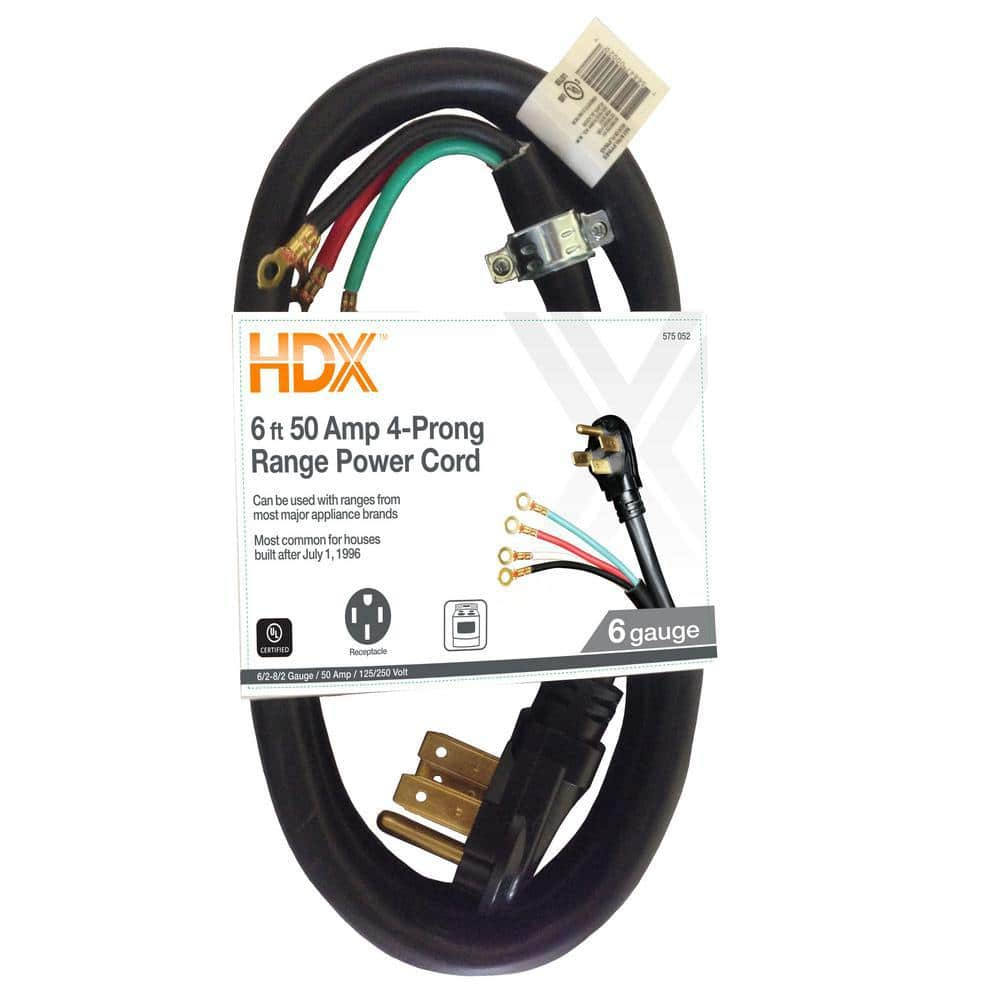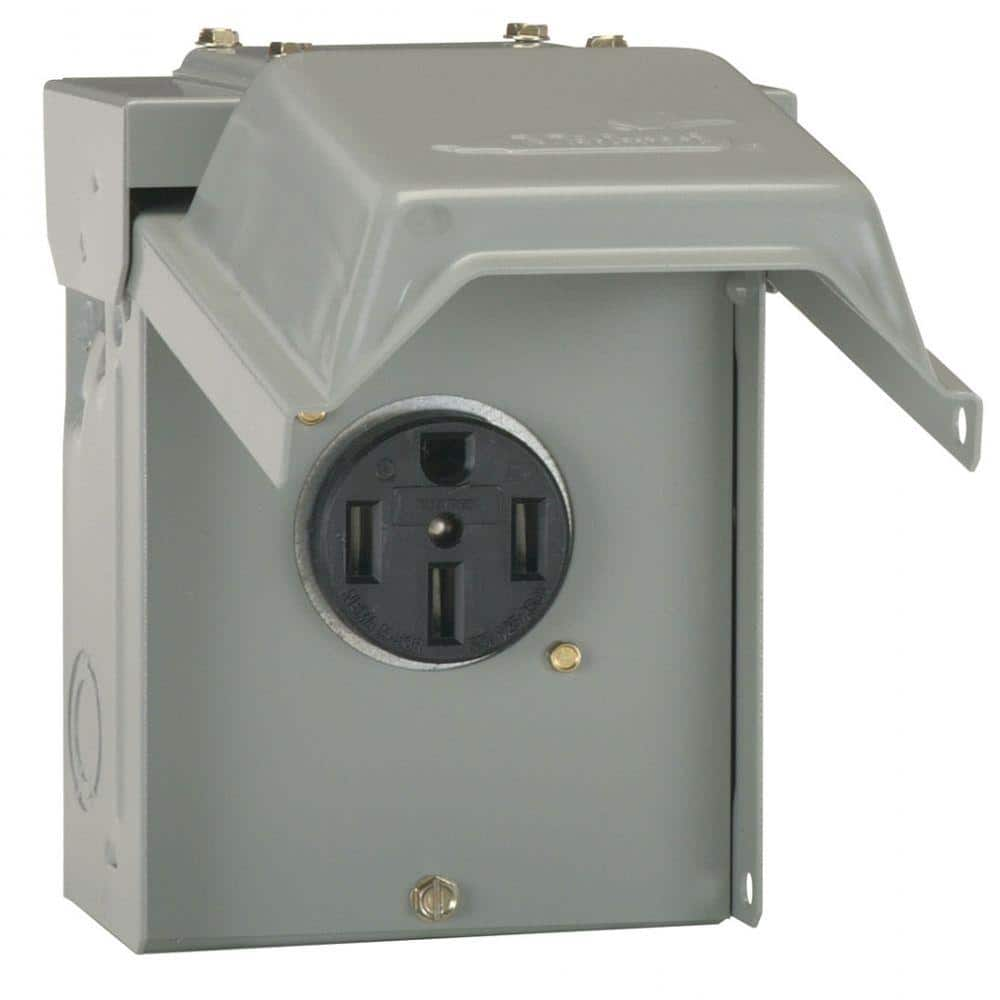Thanks for that clarification.That looks mostly right then, except the $45 Tesla plug adapter for your cable wouldn't be part of the tax credit. That's only for what you install in your house.
So that adds an additional 13.50 to the outlet option bringing the difference down to just 136.30.
For 136 bucks more I definitely like the Wall Connector option. Not to mention it looks pretty cool and I can mount it outside if I want. I’m sold. Thanks all.




